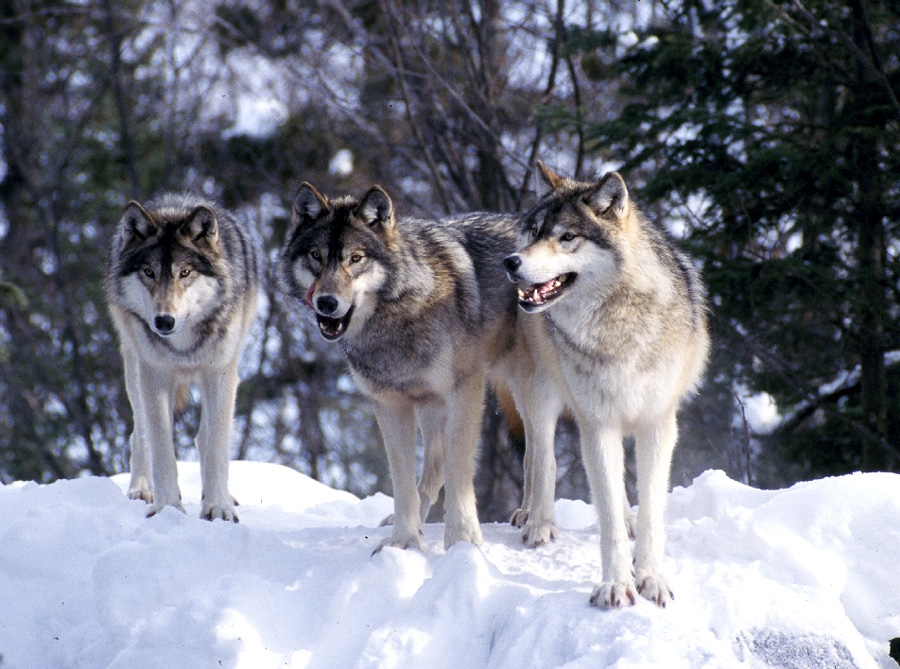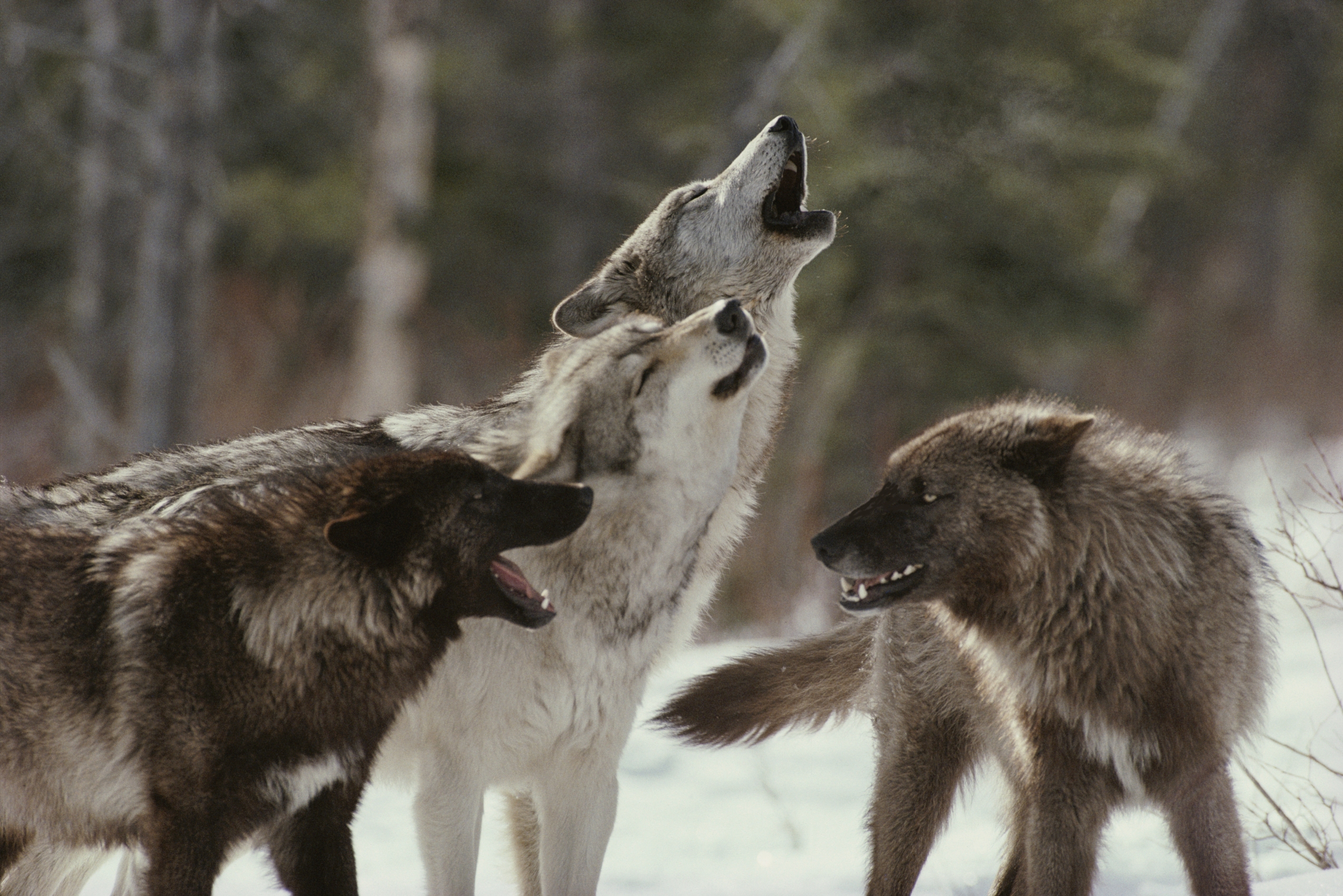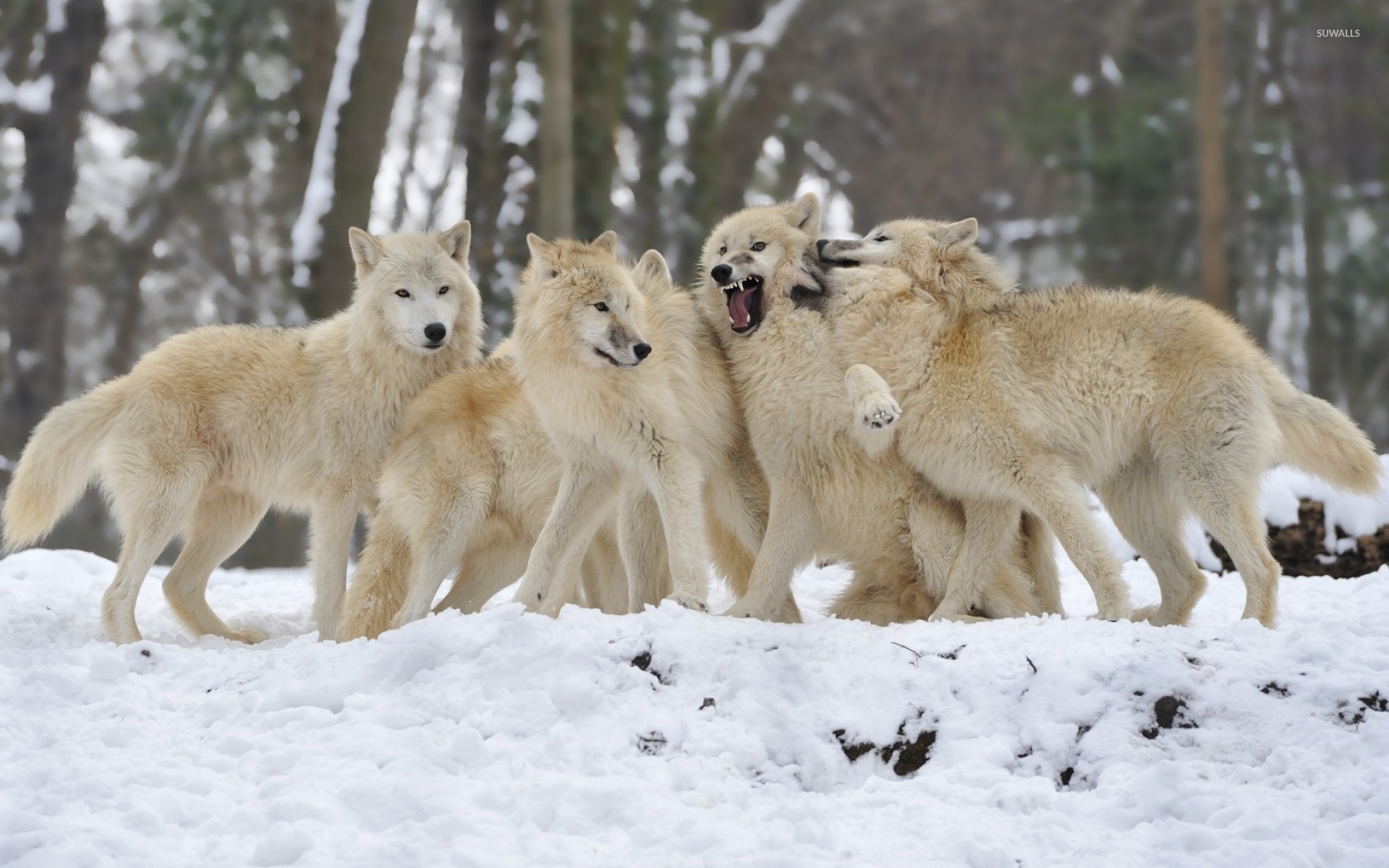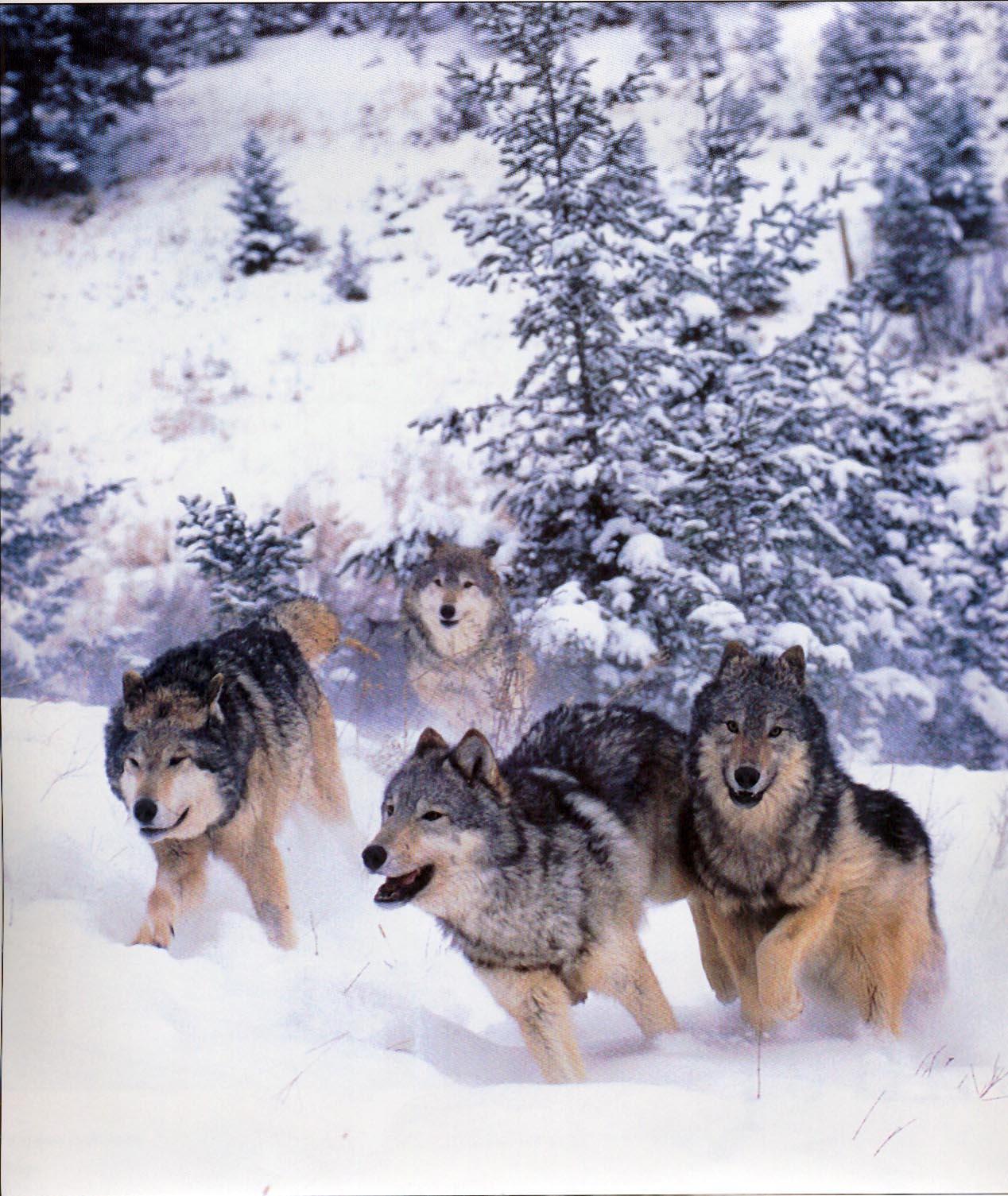
The Fascinating World of Wolf Packs
Wolves are highly social animals that live in complex hierarchical societies known as wolf packs. These packs are formed by a group of closely related wolves who work together to ensure the survival and success of the entire pack. In this article, we will dive deep into the intricate dynamics of wolf packs, exploring their social structure, communication methods, hunting techniques, and more.

The Hierarchy within a Wolf Pack
Within a wolf pack, there is a clear hierarchy with an alpha pair at the top. The alpha male and female are the dominant leaders who make important decisions for the pack. They are usually the only ones to reproduce and are highly respected by the other members of the pack. The beta wolves, also known as the subordinates, hold a lower rank and assist the alphas in maintaining order within the pack.

Communication and Bonding
Communication is key in a wolf pack, and they use a variety of methods to convey messages to one another. One of the most common forms of communication is through vocalizations, including howling, growling, and barking. Each vocalization serves a specific purpose, such as signaling danger or calling for assistance during a hunt.

In addition to vocalizations, wolves also communicate through body language. They use facial expressions, body postures, and tail movements to convey dominance, submission, aggression, or friendliness. This non-verbal communication helps maintain order and strengthen the bonds within the pack.

Hunting Strategies
Wolf packs are highly skilled hunters, capable of bringing down large prey such as elk, moose, and bison. Their hunting strategy involves collaboration, coordination, and strategic planning. Wolves work together to surround their target, using their intelligence and teamwork to overcome the strength and defenses of their prey.

Reproduction and Pup Rearing
The alpha male and female are the only wolves within the pack that typically reproduce. The alpha female gives birth to a litter of pups once a year. The entire pack takes part in raising the young, with all members contributing to their care and protection. This communal effort ensures the survival and development of the pups, who learn essential skills from their pack mates.

Threats and Conservation
Despite their remarkable social structure and hunting abilities, wolf packs face numerous threats, including habitat loss, hunting, and conflicts with humans. Over the years, many wolf species have been pushed to the brink of extinction. However, through conservation efforts and protective measures, some wolf populations have made a remarkable recovery.

Conclusion
Wolf packs are a testament to the power of teamwork, communication, and strong social bonds. Their hierarchical structure, hunting strategies, and nurturing behavior make them one of the most fascinating creatures in the animal kingdom. By understanding and appreciating the world of wolf packs, we can work towards their conservation and ensure their continued existence in the wild.